CURRENT WORLD-CLASS TABLE TENNIS PLAYING STYLES
The playing styles at the pinnacle of world table tennis have evolved beyond the traditional binary of "offense" versus "defense," transforming into a highly specialized system that integrates speed, spin, power, and tactical intelligence. This article will introduce the core strengths and potential weaknesses of each mainstream style. As you read these descriptions, you may discover that your personal style is not a pure, single category but a blend of multiple schools—recognizing this is the crucial first step to optimizing your game and achieving a technical breakthrough.
1. The Attacker – Pips-Out Penholder – Traditional Style
2. The Attacker – Shake-hands Hitter
3. The Attacker - Inverted Power Looper
4. The Attacker – All- Round
5. The Counter Driver
6. The Mid-Distance Aggressive Looper
7. The Close to the Table Defender
8. The Attacking Chopper

1. Attacker Pips-Out Penholder, Traditional Style
Description:
Pips-Out Penholder Attackers generally stand within three feet of the table. The contact point on all strokes is as early as possible top of the bounce or rising. This is a forehand-dominated style with the player exhibiting a strong, quick pivot move to use the forehand from the backhand side. The Pips-Out Penholder wants to end points quickly and keeps great time pressure on his/her opponents, forcing many errors. This style has benefited from the new 40 mm ball and the subsequent loss of about 10 % spin on their opponents loops.
Strengths:
- Quick pivot to use forehand from backhand corner.
- Strong forehand kills.
- Good forehand topspin against long under-spin balls.
- Driving blocks from backhand side.
- Good short game.
- Excellent serve and return game.
- Very quick gives opponent very little time to react.
- Smooth transition from forehand to backhand no switch point weakness
Weaknesses:
- Return of long serves with the backhand.
- Backhand block against higher bouncing loops.
- When forced wide to the forehand, this style has difficulty recovering and protecting the backhand side.
- Backhand open against long under-spin.
2. Attacker — Shake-hands Hitter
Description:
Like their Penholder counterparts, this style generally stands within three feet of the table. This style is forehand dominated and all ball contact is on the rise or at the top of the bounce. Unlike the Pen-hold Pips-Out Attacker, this style will often open a point with a backhand drive. This style often features a strong backhand counter-drive, hitting well through opponent’s topspin shots. While still trying to finish each point quickly, the Shake-hands Pips-Out Attacker is often content to maneuver the opponent out of position before pivoting to end the point with a forehand kill.
There are more penholder pips-out hitters than shake-hands pips-out hitters due to the ease of producing spin with the penholder grip. The shake hand pips-out hitter can produce great speed but has trouble generating much spin. Even so, the style can be very successful. A great example of this style would be Johnny Hwang from Canada.
Strengths:
- Quick pivot to use the forehand from backhand corner
- Strong forehand kills.
- Strong counter-driving techniques from the backhand side
- Strong backhand initial opening attack
- Excellent serve and return game.
- Forceful pace - gives opponent very little time to react
Weaknesses:
- Short game (not as strong as the pen hold hitter)
- Forehand serve return. (They are often forced to go for high risk shots due to a lack of a spin loop)
- Forehand lift against long under-spin shots
- Balls directed to the player's middle.
3. Attacker—Inverted Power Looper
Description:
Inverted Loopers generally stand within three feet of the table. The contact point on all strokes is as early as possible, top of the bounce, or rising. This is a forehand-dominated style with the player exhibiting a strong quick pivot move to use the forehand from the backhand side. This style will try to end points as quickly as possible. Most points are finished with a strong loop-kill. This player often has both an outstanding slow loop and a fast loop-kill from the forehand side. Players of this style can open with a backhand loop but normally do not re-loop with the backhand. They choose to counter drive the backhand instead. This style will on occasion move back into mid-distance (5-7ft from table) and counter loop with the forehand.
Players of this style have generally done well with the move to the 40 mm ball. Their main adjustment has been to develop a more forward loop stroke taking the ball a little farther in front of their bodies. This puts more emphasis on the forward speed than the spin of their power loops.
Strengths:
- Quick pivot to use forehand from backhand corner.
- Strong forehand loops.
- Both strong slow and fast loops from the forehand.
- Solid opening backhand loop.
- Solid backhand counter-drives.
- Good short game.
- Excellent serve and return game.
Weaknesses:
- Balls directed towards the player’s middle.
- Balls directed wide to the forehand.
- In and out movement.
- Backhand re-loop.
- Slow heavy loops directed towards the backhand.

4. Attacker-All-Round
Description:
This is perhaps the newest style in the evolution of the modern game. This athlete typically exhibits great hands, a wide variety of attacking strokes executed with almost equal strength from both sides, and the ability to adapt his game to attack the opponent's weaknesses.
This athlete is equally comfortable when generating powerful strokes or simply redirecting the opponent's power against them. Players of this style can produce a wide variety of topspin attacking shots from any position or distance from the table.
Strengths:
- Strong opening shots from either backhand or forehand.
- The ability to produce a great deal of variations in their attack.
- The ability to control the ball at high rates of speed.
- The use of sidespin to control the ball and create greater angles for their opponents to cover.
- Great confidence player and front-runner.
Weaknesses:
- Can become confused as to which of the many techniques to use, especially when losing.
- Can be lured into playing too soft, and not being aggressive enough to finish a point.
- Often lacks a single hard finishing shot (flat kill) against balls at a medium height.
5. The Counter-Driver
Description:
Often referred to as "walls", this style plays close to the table and redirects their opponent's speed and spin against them. Using forehand and backhand counter-drive and blocks, this style seeks to force their opponents into making errors. This style mostly uses topspin simply as a means to get into a counter-driving rally. Often this style of player lacks real finishing power, and rarely uses a fast loop or hard kill shot.
Strengths:
- Good hand speed and touch on blocks.
- Strong backhand block and counter-drive.
- Rarely makes a simple mistake.
- Ability to open up angles and force their opponents to move a lot.
- Fast hand speed and quick reactions.
- Ability to control the speed of play by clever counter and block variations and exact placement.
Weaknesses:
- Lack of any real power.
- Balls directed wide to the forehand.
- Backhand opening against under-spin.
- Slow heavy medium height loops to middle or backhand.
6. Mid-Distance Aggressive Looper
Description:
This style prefers to stay within six to eight feet from the table. Their longer topspin strokes carry considerable power and spin, from either forehand or backhand. This style will loop from both wings when playing another attacker. Against under-spin, this style will often step around and use the forehand loop from the backhand side.
The recent introduction of the 40 mm ball has had a major impact on this style of play. The resulting loss of spin caused by the larger ball has forced this style of player to become even more fit and powerful to survive. Gone are the days when this style would defeat opponents by building up spin with each loop. Now this style builds up speed with each loop. In today's game, this style is much more dynamic, with even faster point winning loops.
Strengths:
- Equal power from both sides.
- Very strong opening shot against under-spin.
- Very comfortable in exchanging loop drives with their opponents.
- Strong lateral movement.
Weaknesses:
- Often lacks flat kill shot.
- Weak in and out movement.
- Short balls to forehand.
- Counter-drive play while close to the table.

7. Close to the Table Defender
Definition:
This style is build around a chop/block executed from close to the table. Players of this style most often use combination rackets with long-pips or anti-spin on one side and inverted rubber on the other. Players of this style use under-spin blocks to force weak topspin shots from their opponents. They will then attack the weak topspin with a well-placed drive or loop. This style is often the master of placement but lacks real finishing power.
Strengths:
- Very consistent close to the table chop/blocks.
- Excellent serve and receive game.
- Very accurate forehand drives.
- Excellent short game using pushes and drop shots.
- The ability to absorb their opponent’s strong opening shots.
Weaknesses:
- No real power.
- High looping balls directed to the backhand.
- Hard balls directed towards the wide forehand.
- No spin serves, loops, and pushes will often cause errors.
8. Attacking Chopper
Definition:
This style can be best thought of as an attacker who uses under-spin to set up their attacking shots. Players of this style most often use two different racket surfaces and will flip the racket to produce great variations in their defense and their attack.
Attacking Choppers usually have powerful forehand loops or kills. They will strongly attack any weak return by their opponent, as well as any third ball opportunity. For players of this style, patience and footwork are the keys for advancing to a high level.
Since the advent of the 40 mm ball, this style has evolved into one where almost every forehand return is attacked and backhand returns are chopped very heavy from a position somewhat closer to the table than in years’ past.
Strengths:
- Great variation of strokes and spin puts opponents under a lot of pressure.
- Strong forehand drives or kills.
- Strong 3rd ball attacks.
- Good movement and physical ability
Weaknesses:
- Can become inpatient and attack the wrong ball.
- Footwork when switching from chopping to topspin attack shots.
- Defense may not stand up under pressure.
- Too many options may result in some indecisiveness under pressure.

I hope you found these tips helpful. Remember, the key is to adapt them to your own unique style and needs. Keep practicing, stay dedicated, and I wish you the very best on your journey to improving your table tennis skills. Happy spinning!



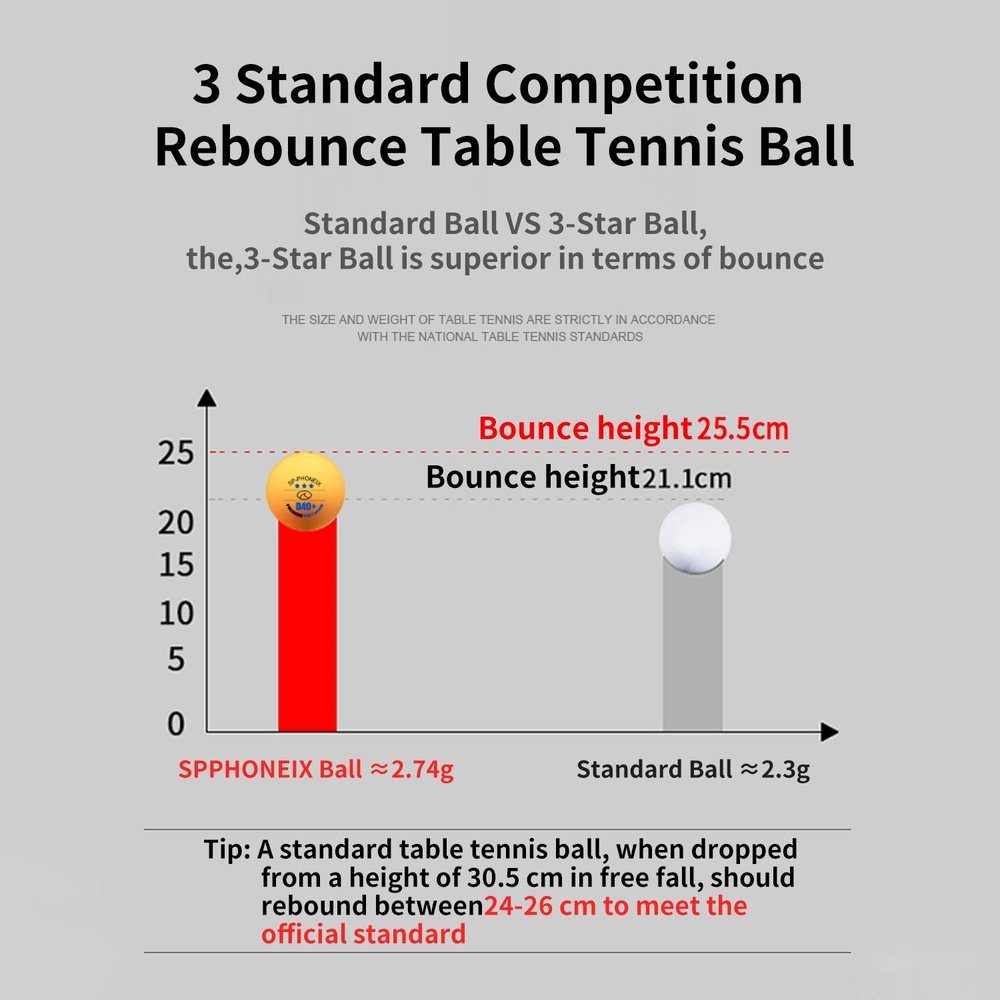
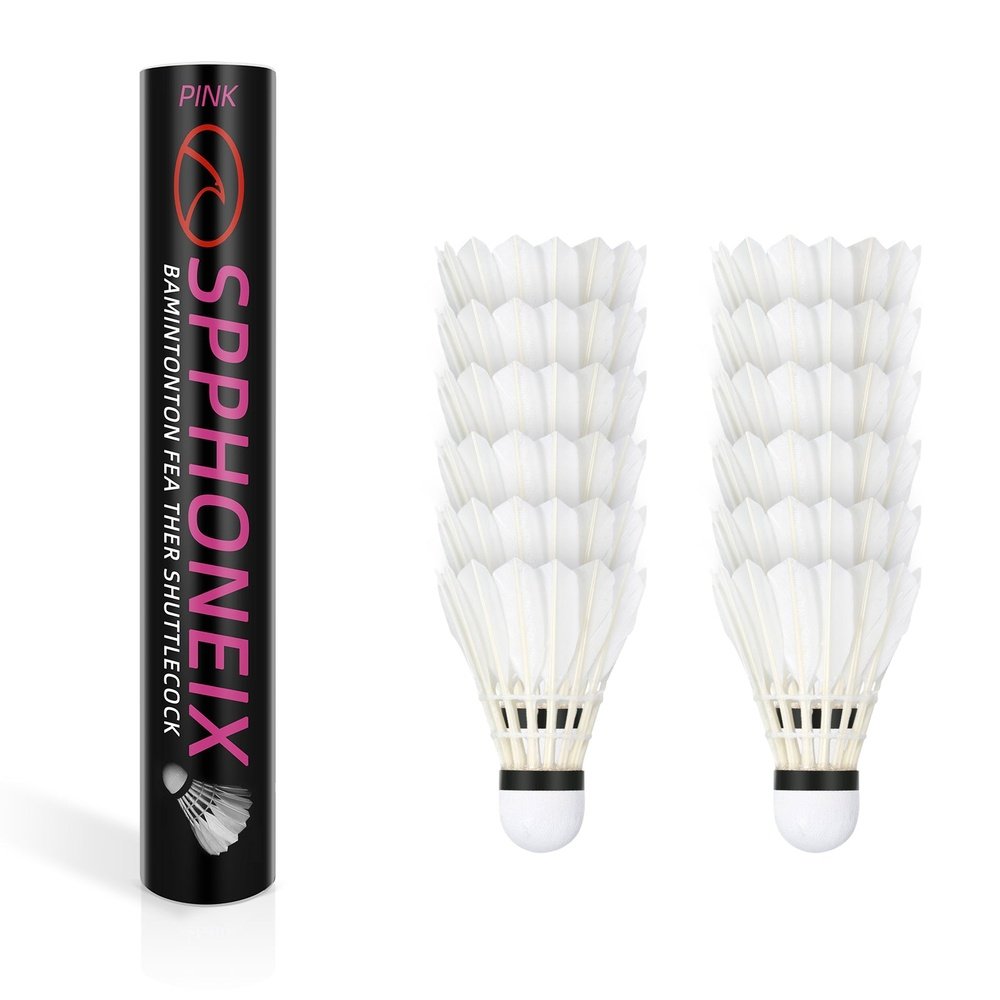
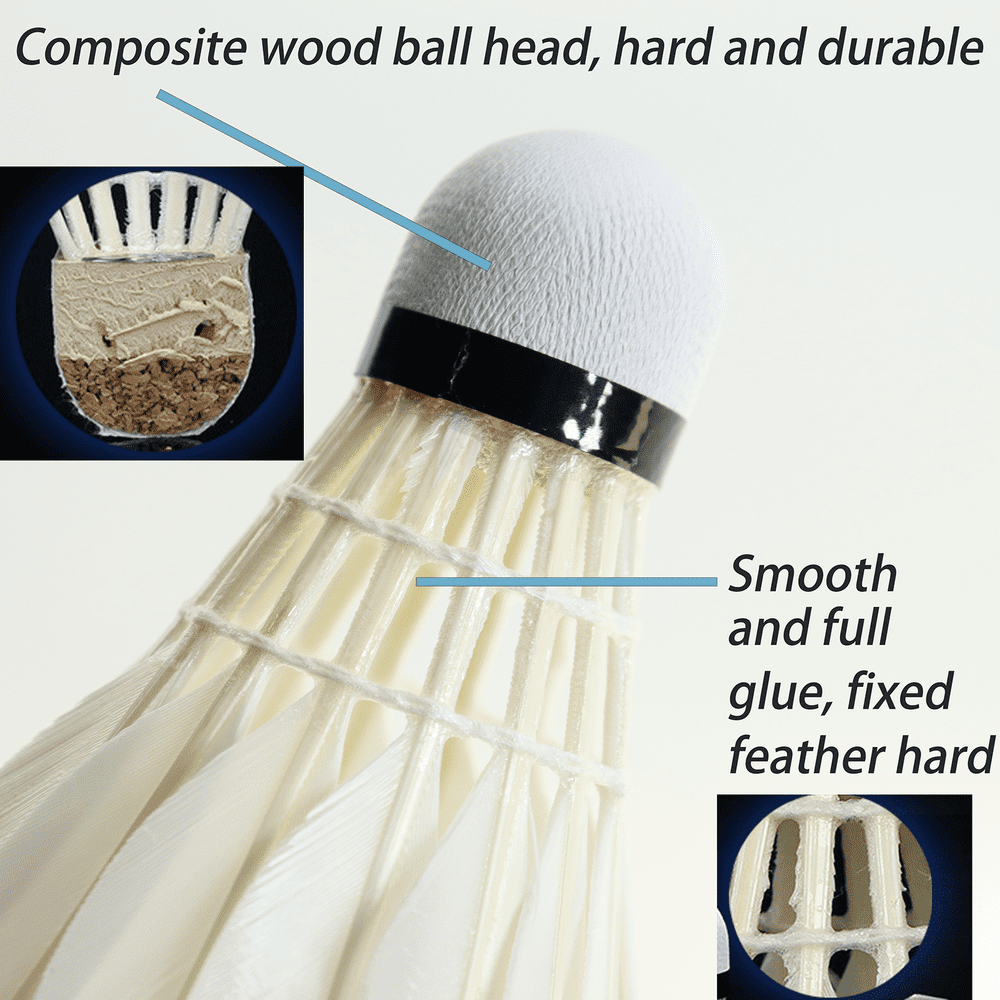
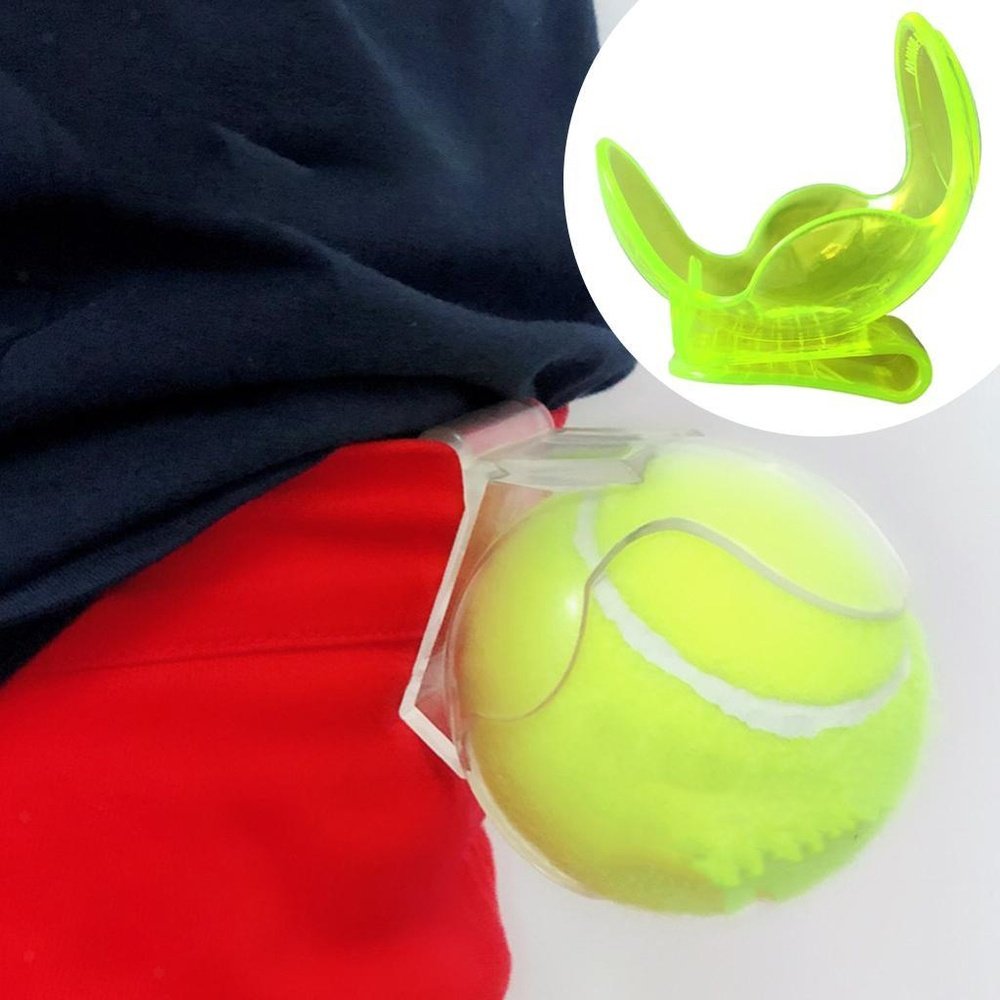
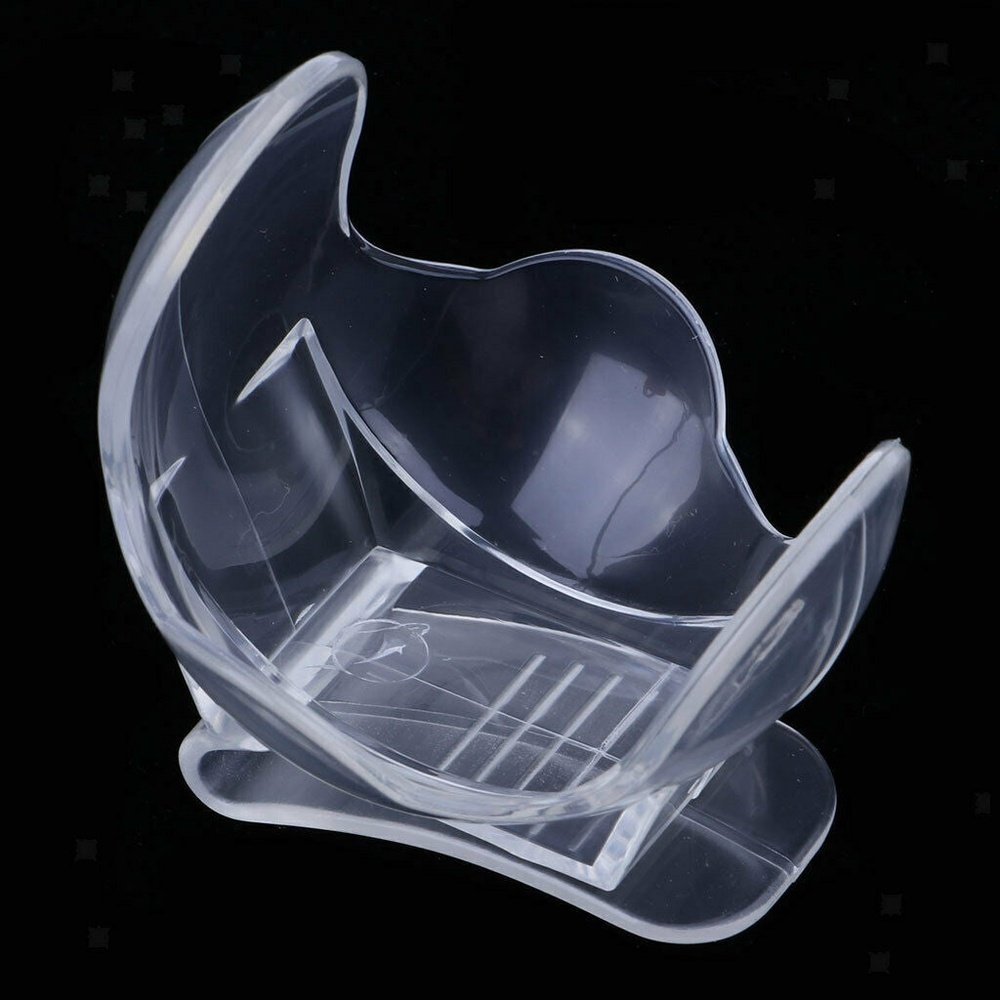
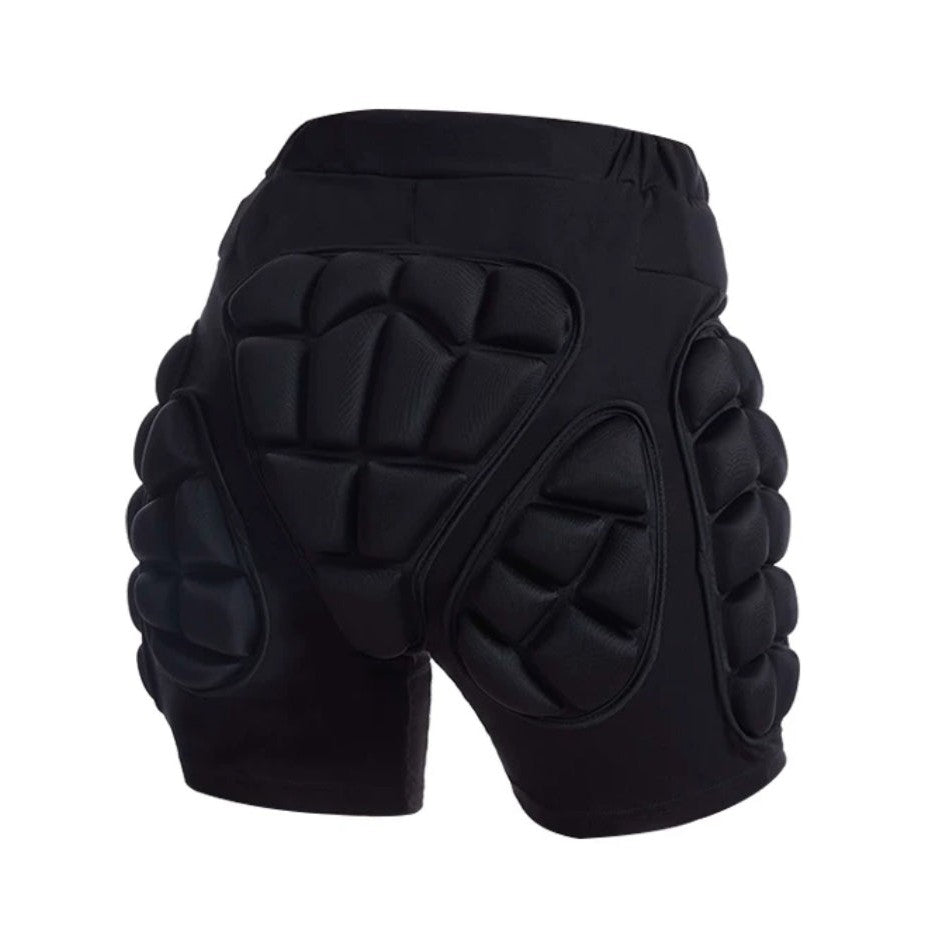
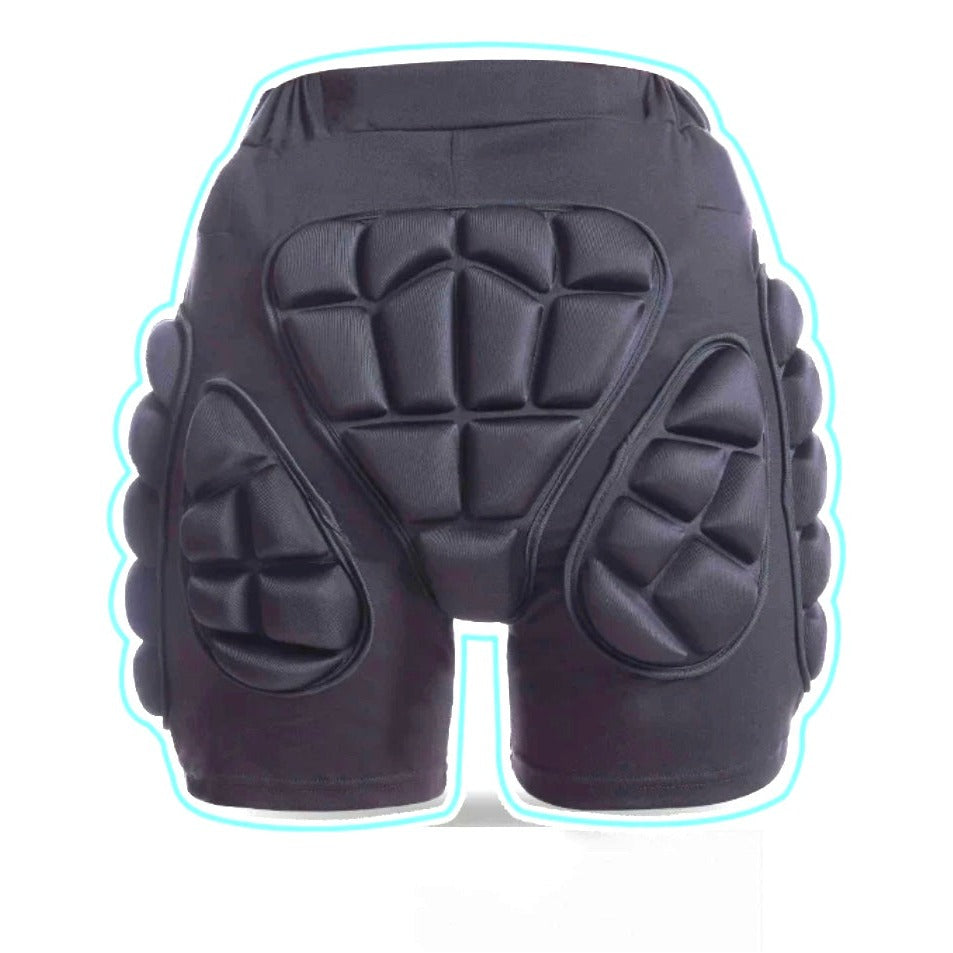
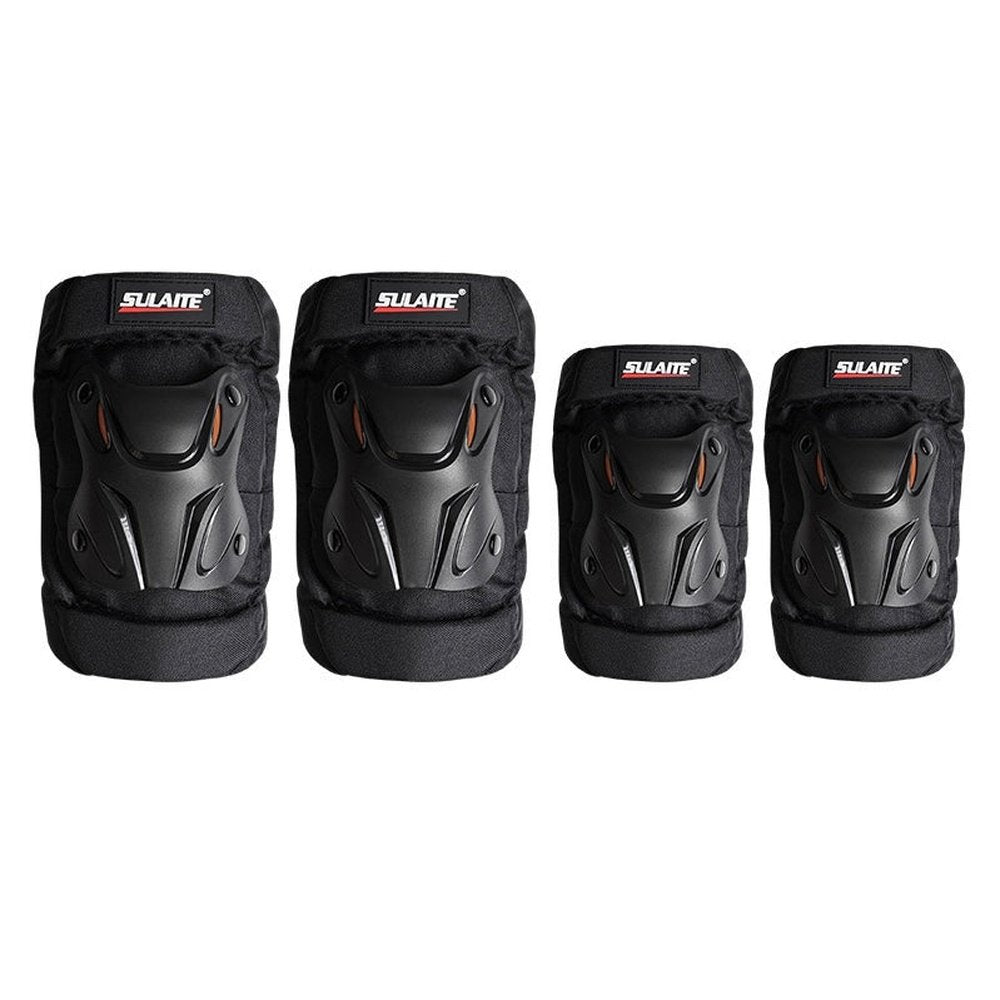
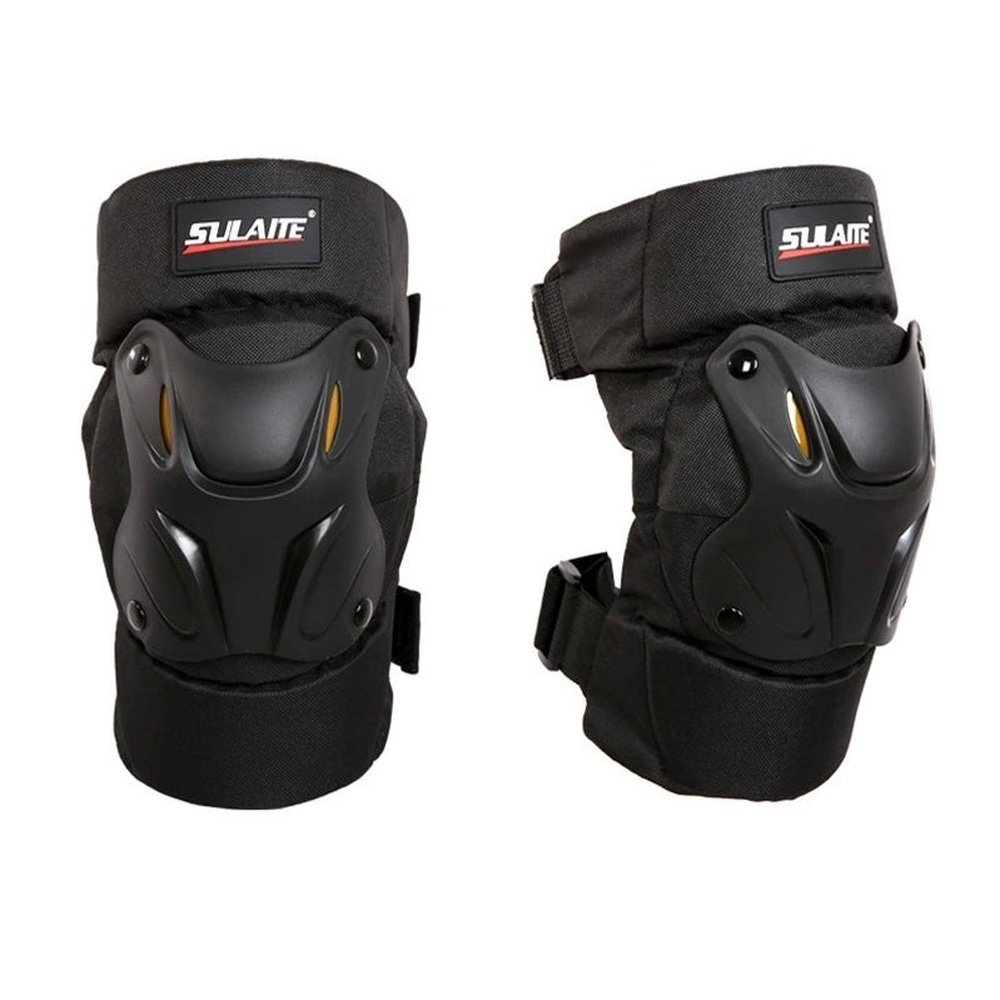
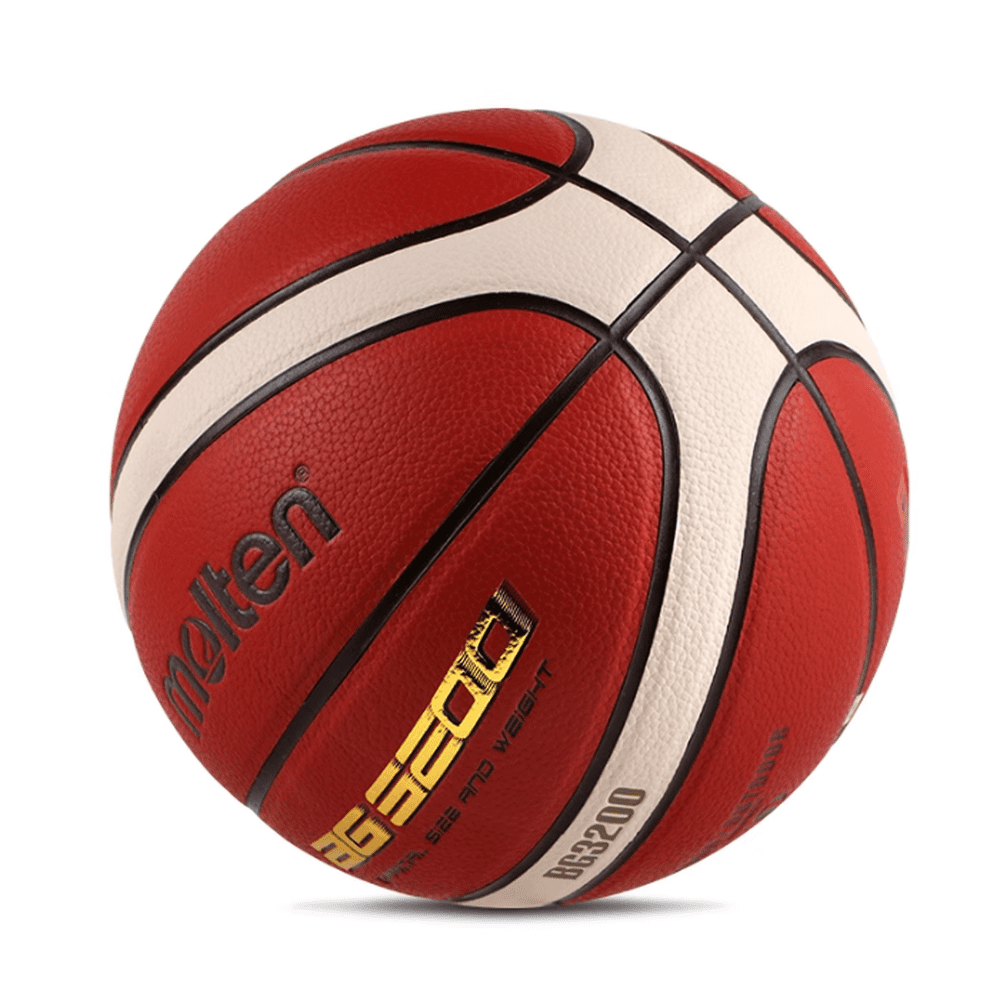
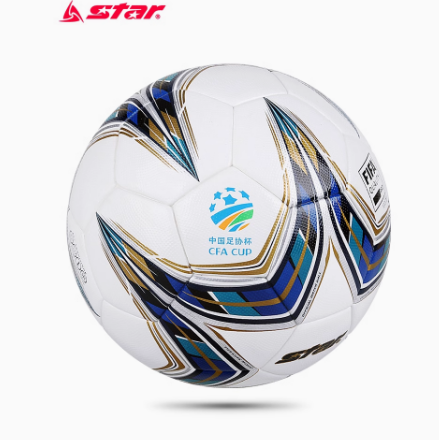
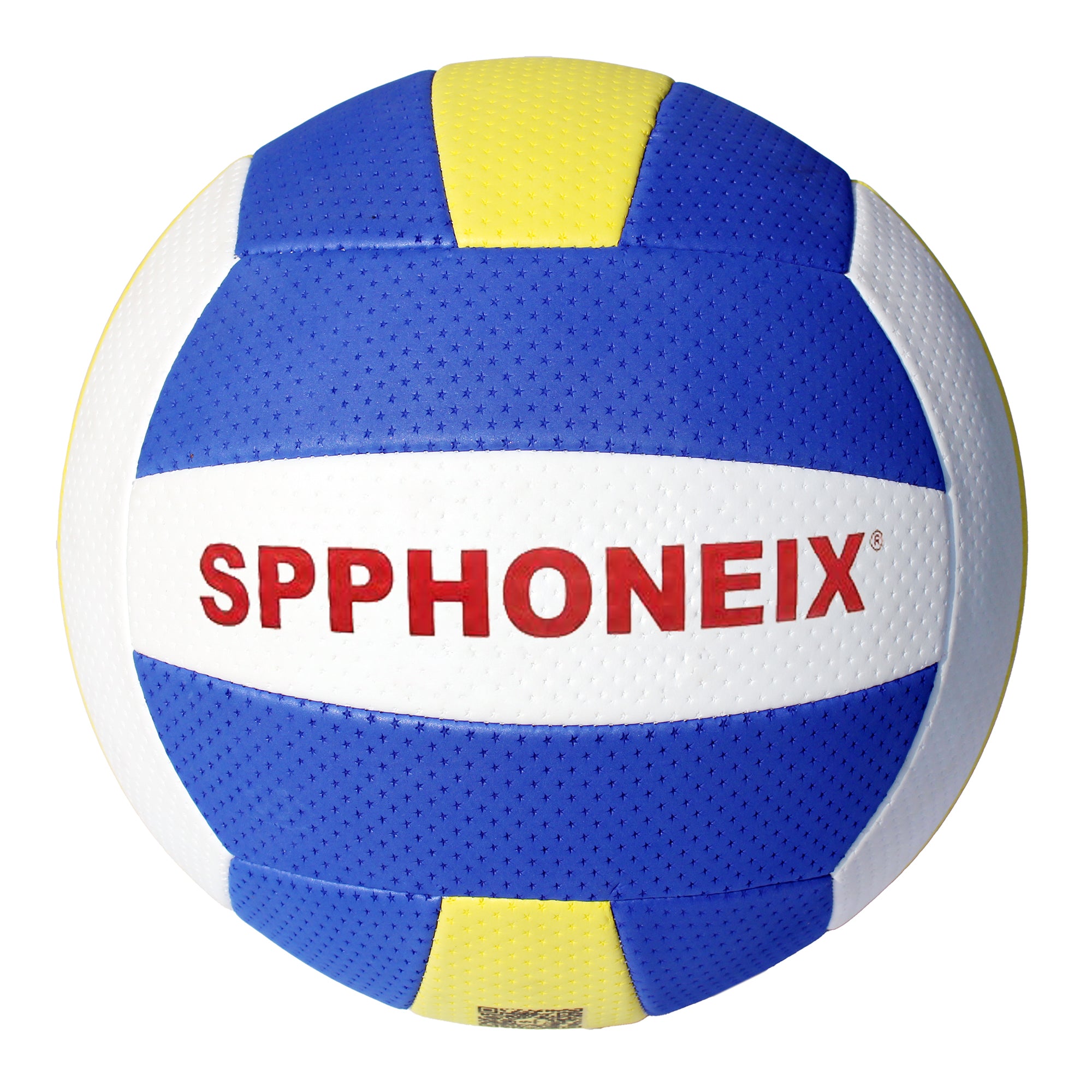
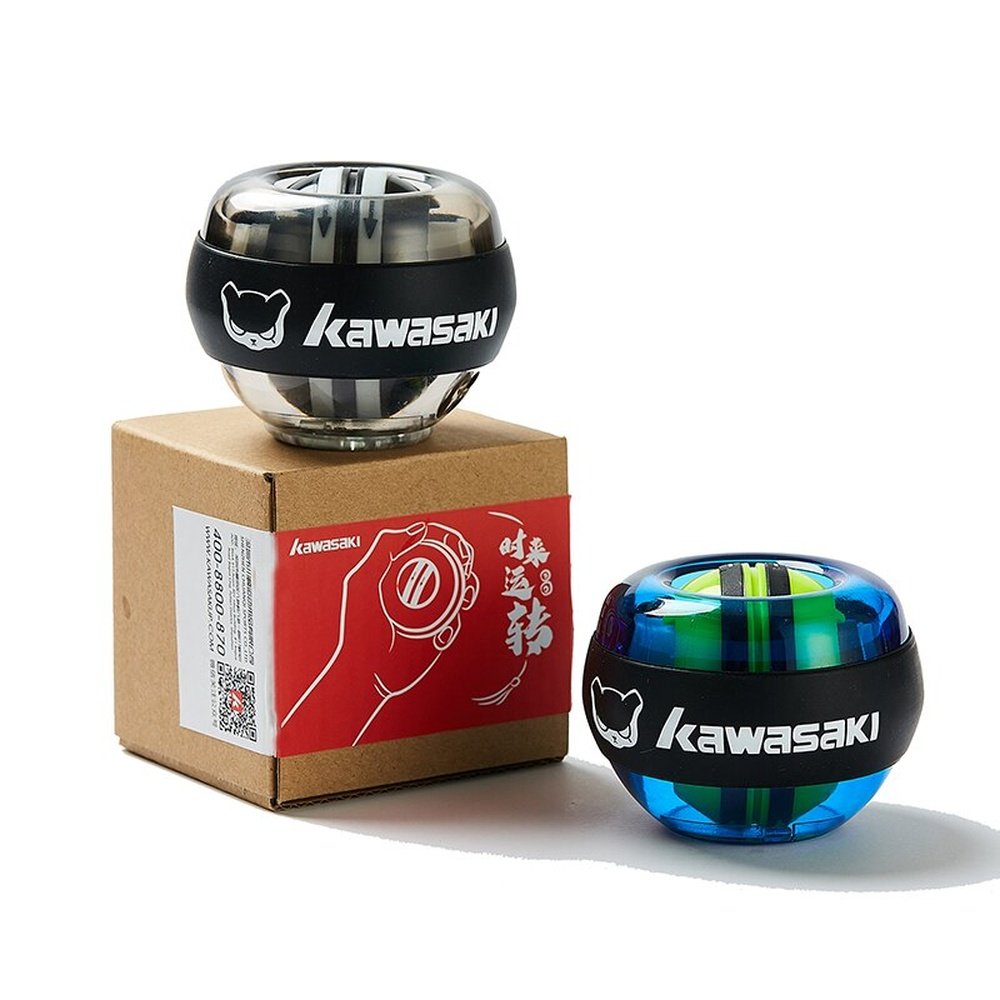
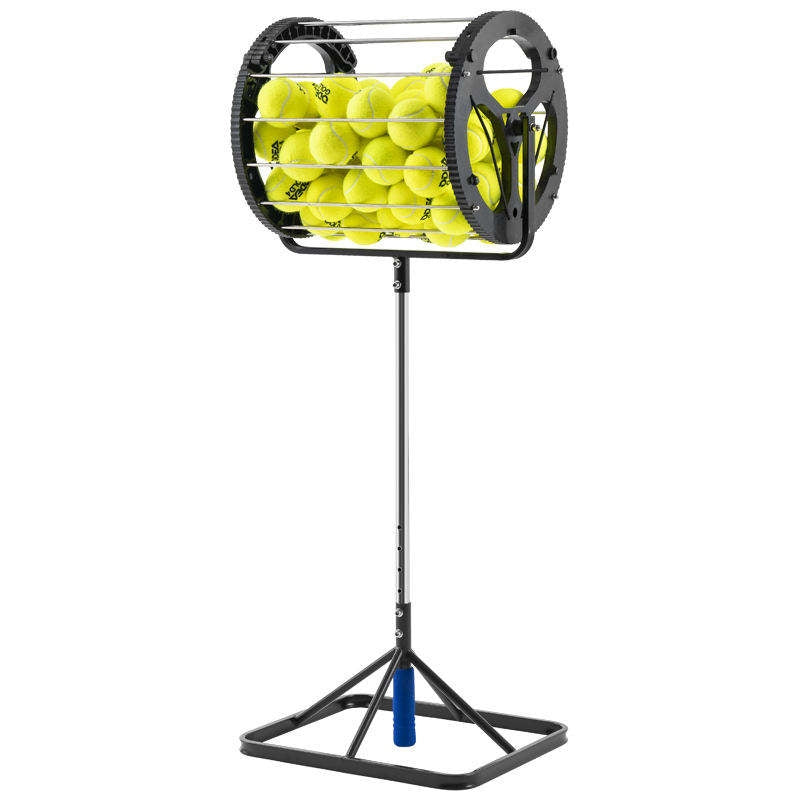
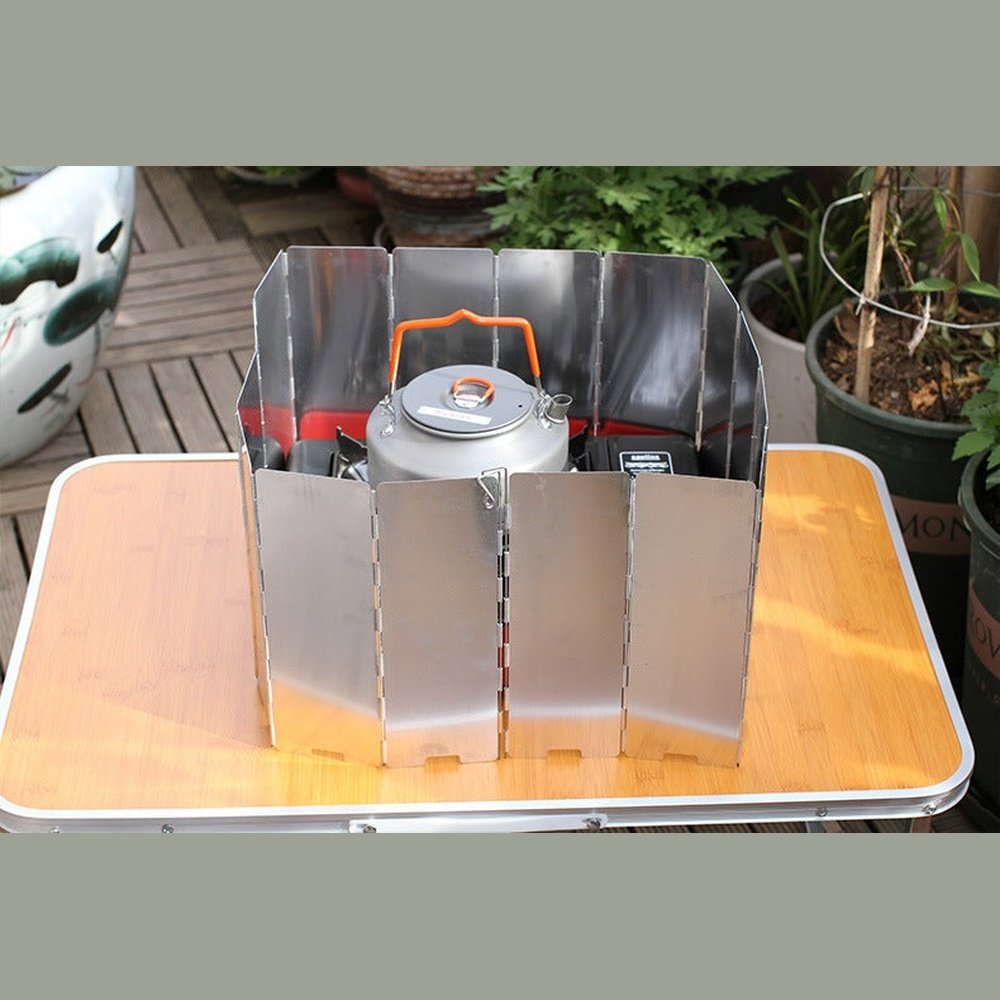
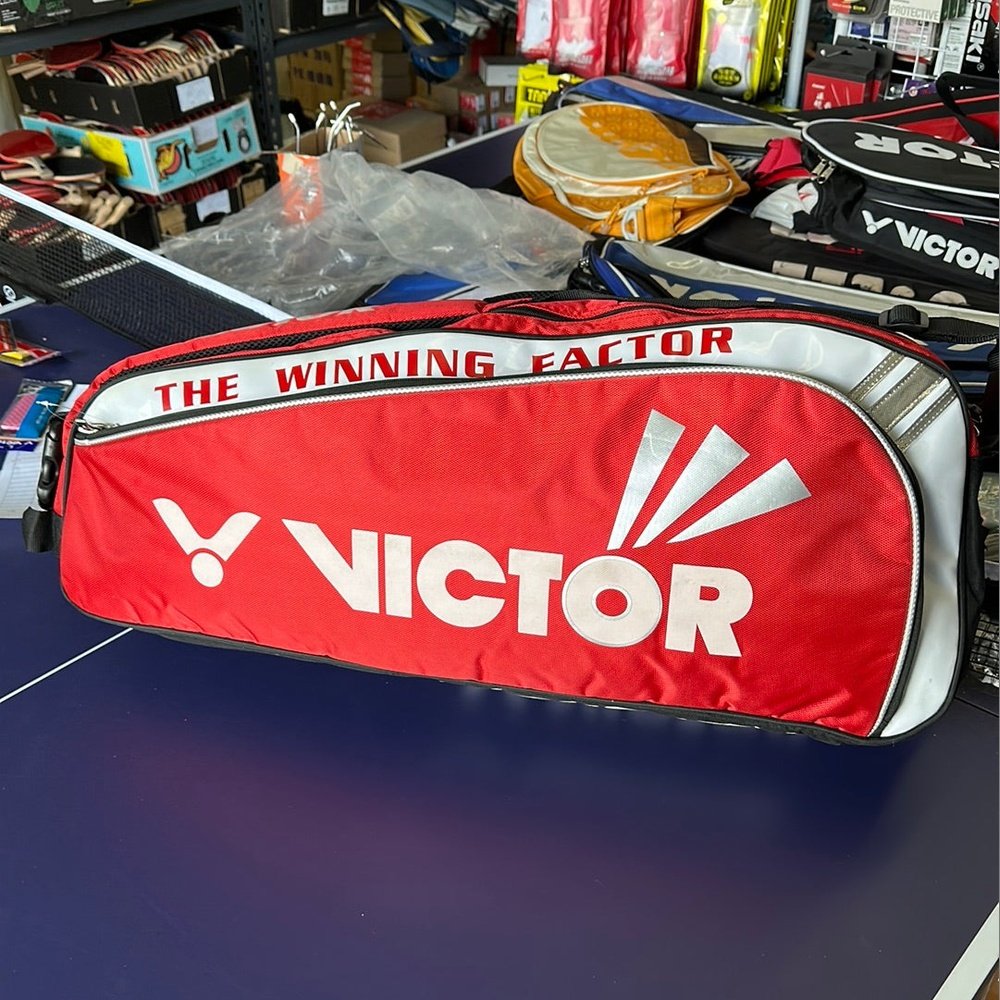
Leave a comment